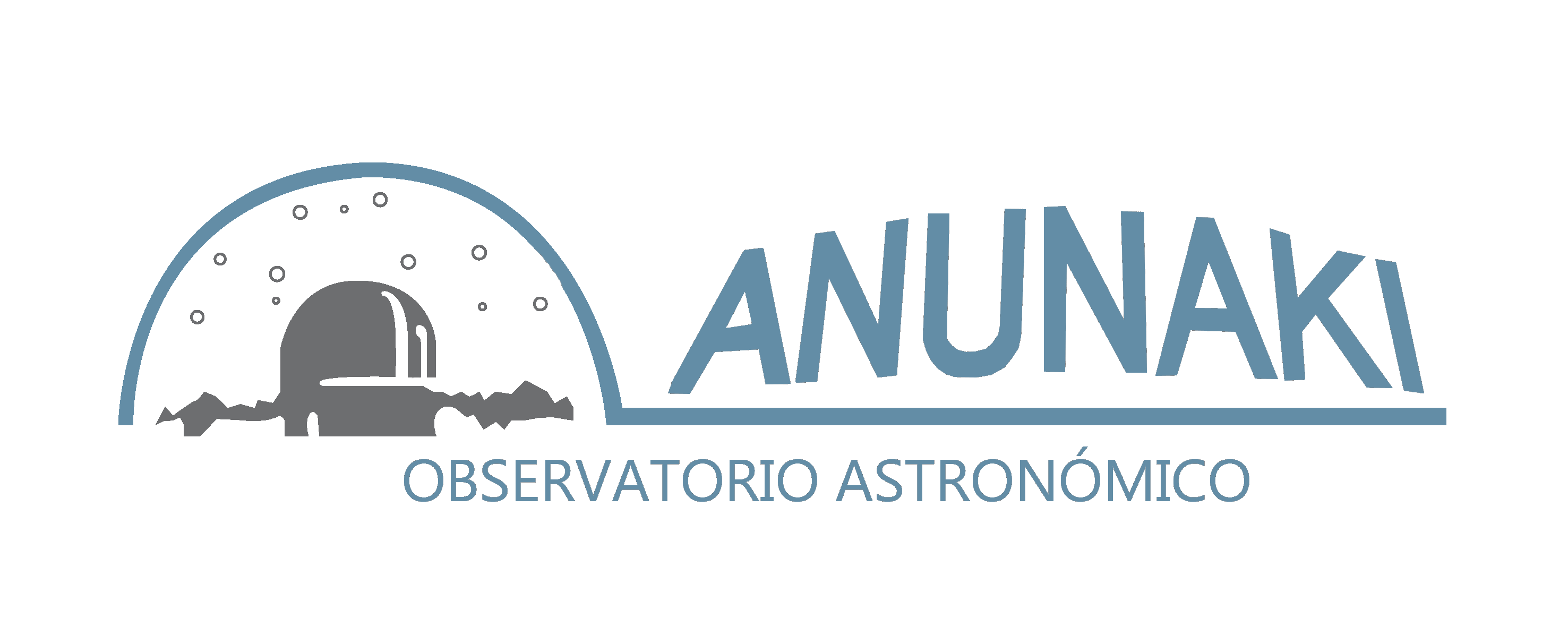NGC 1499 is an emission nebula in the constellation Perseus 1000 light years away. It is located south of the constellation. Due to its shape, it is also called the California Nebula, since it remembers the outline of that state in North America.
This emission nebula is about 100 light-years long and glows with the characteristic red light of hydrogen atoms recombining with long-lost electrons ionized by energetic starlight, in this image the red light due The composition with the Hubble palette appears golden in color.

Technical data of the acquisition:
Baader H-alpha 6.5nm (CMOS-Optimized) 36 mm: 25×900,″(6h 15′)
Baader O-III 6.5nm (CMOS-Optimized) 36 mm: 20×900,″(5h)
Baader S-II 6.5nm (CMOS-Optimized) 36 mm: 20×900,″(5h)
Time integration:
16h 15′
In this case, the star most likely providing the stellar energy is the bright, hot, bluish Xi Persei, just above the nebula and upper left of the center of the image.
The California Nebula was discovered by the American astronomer Edward Barnard in 1885. It is located in the Orion arm, relatively close to Earth, about 1,000 light-years away. In fact, our Sun, which is also located in the Orion arm of the Milky Way, is located just over 1,500 light-years from the California Nebula.
